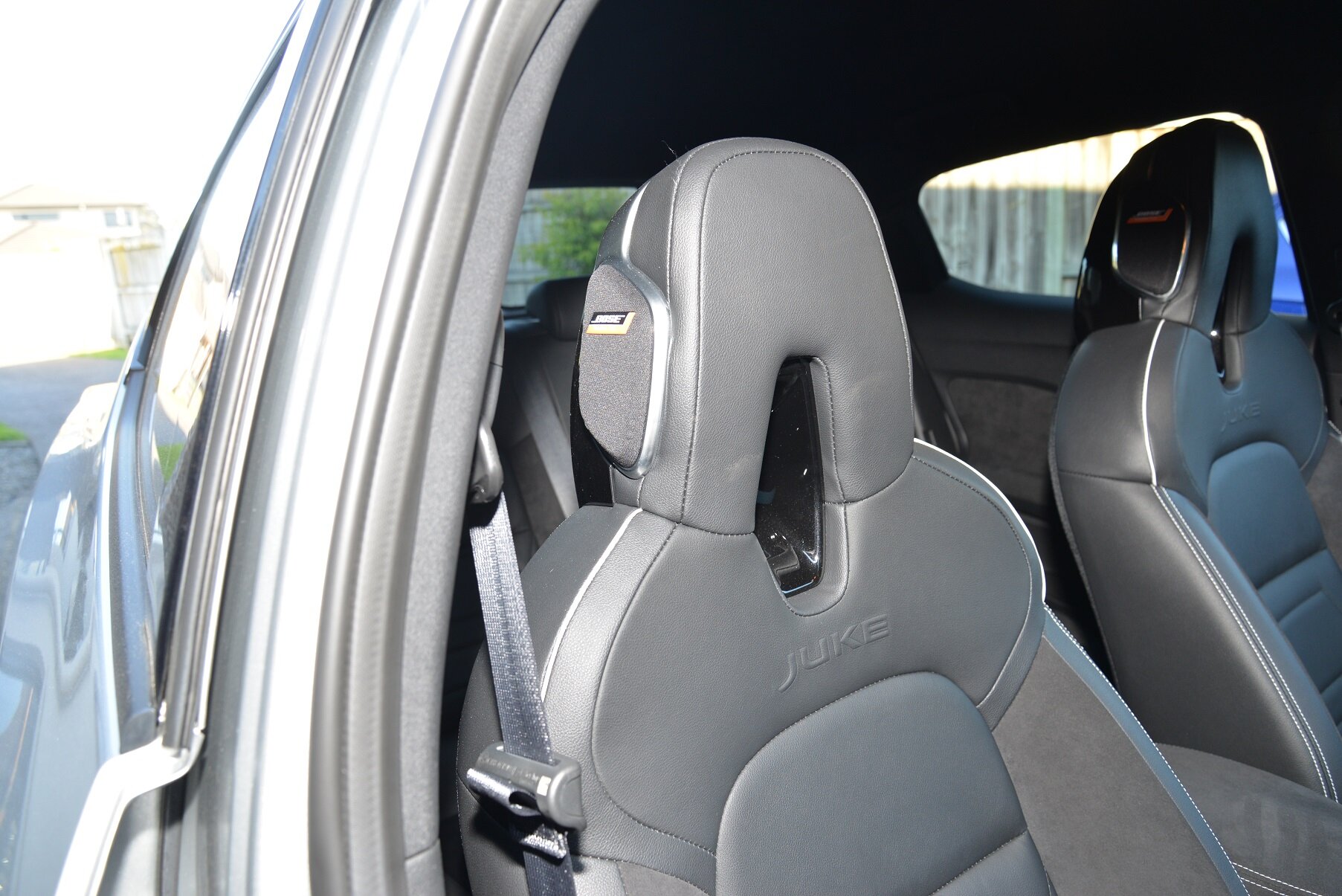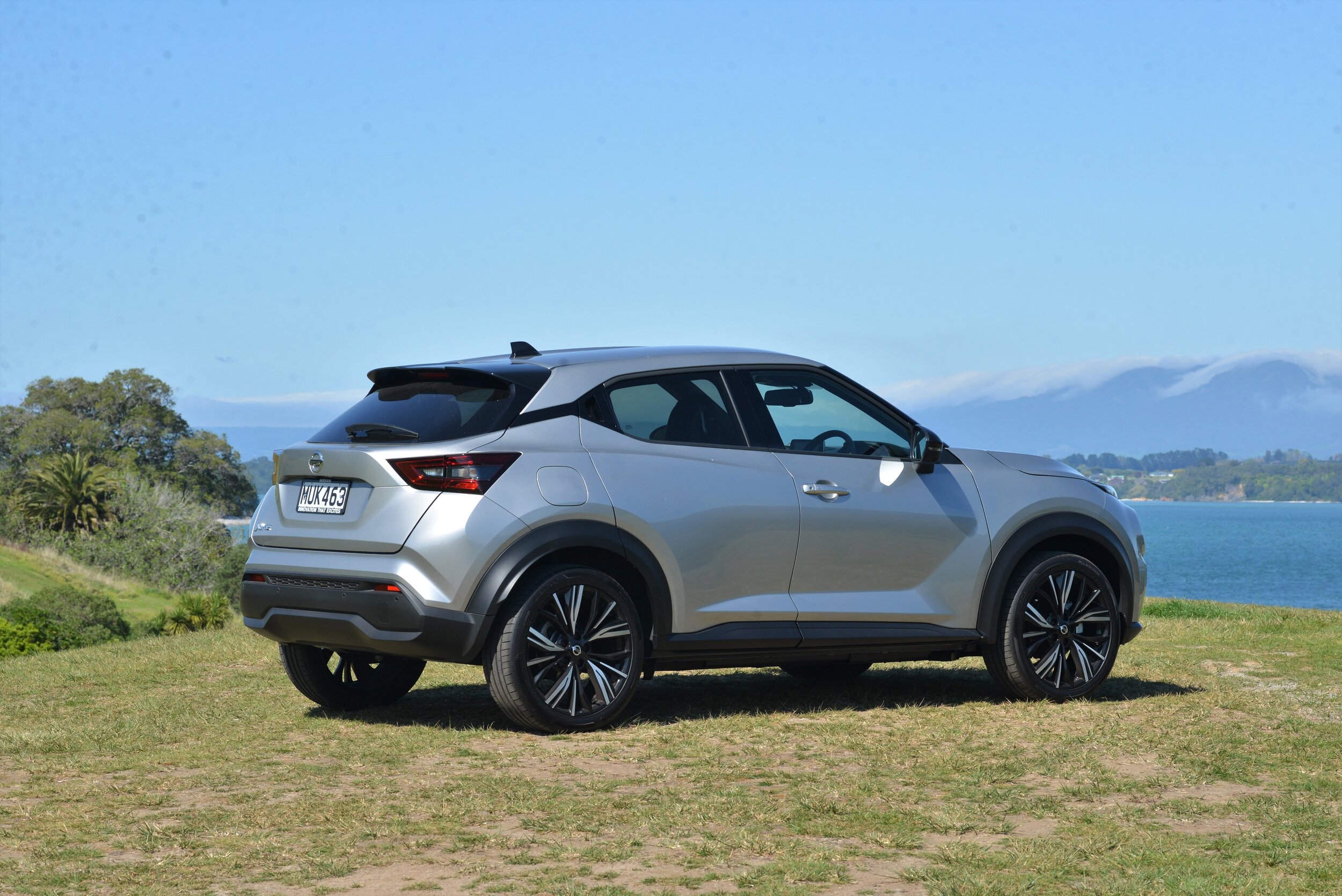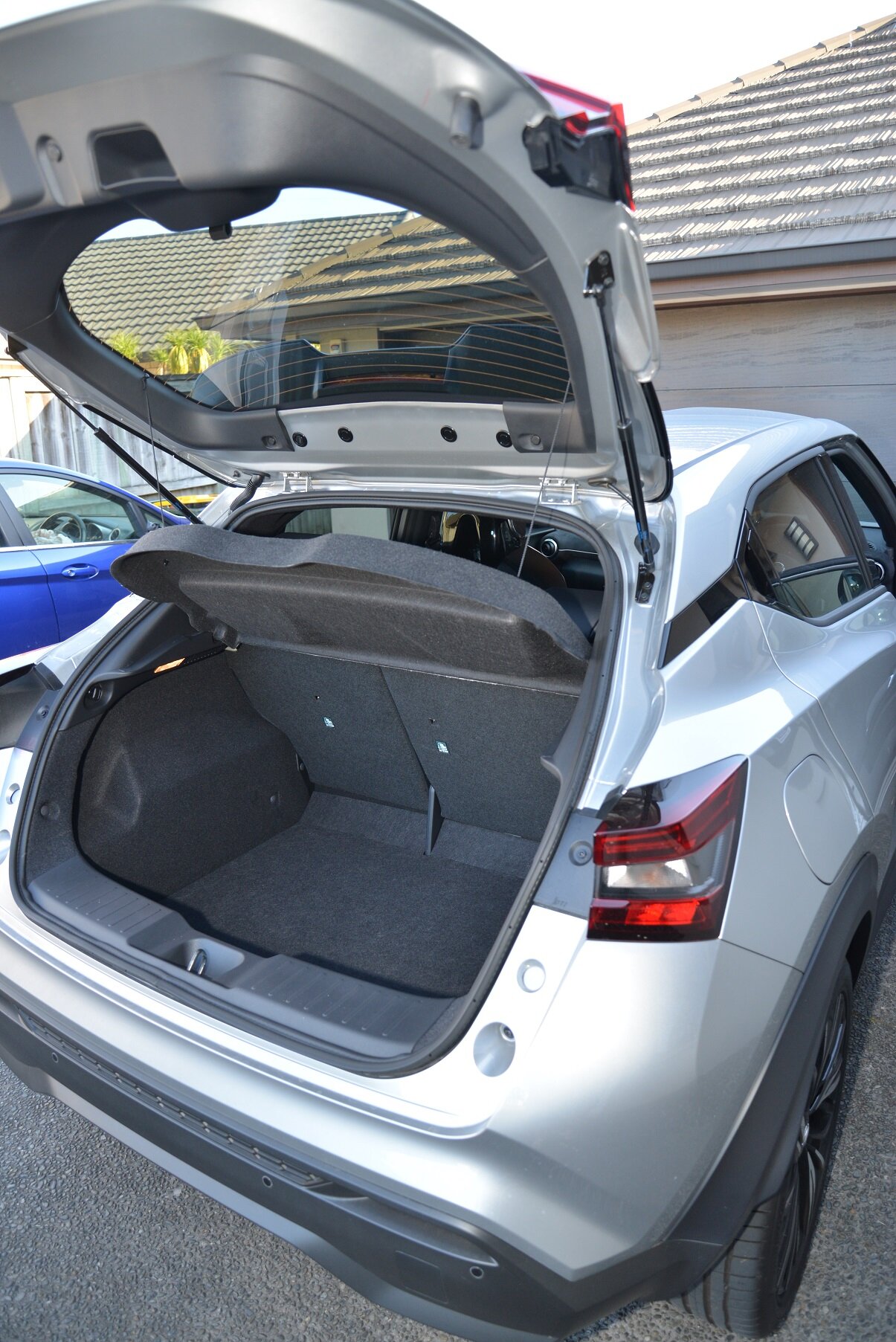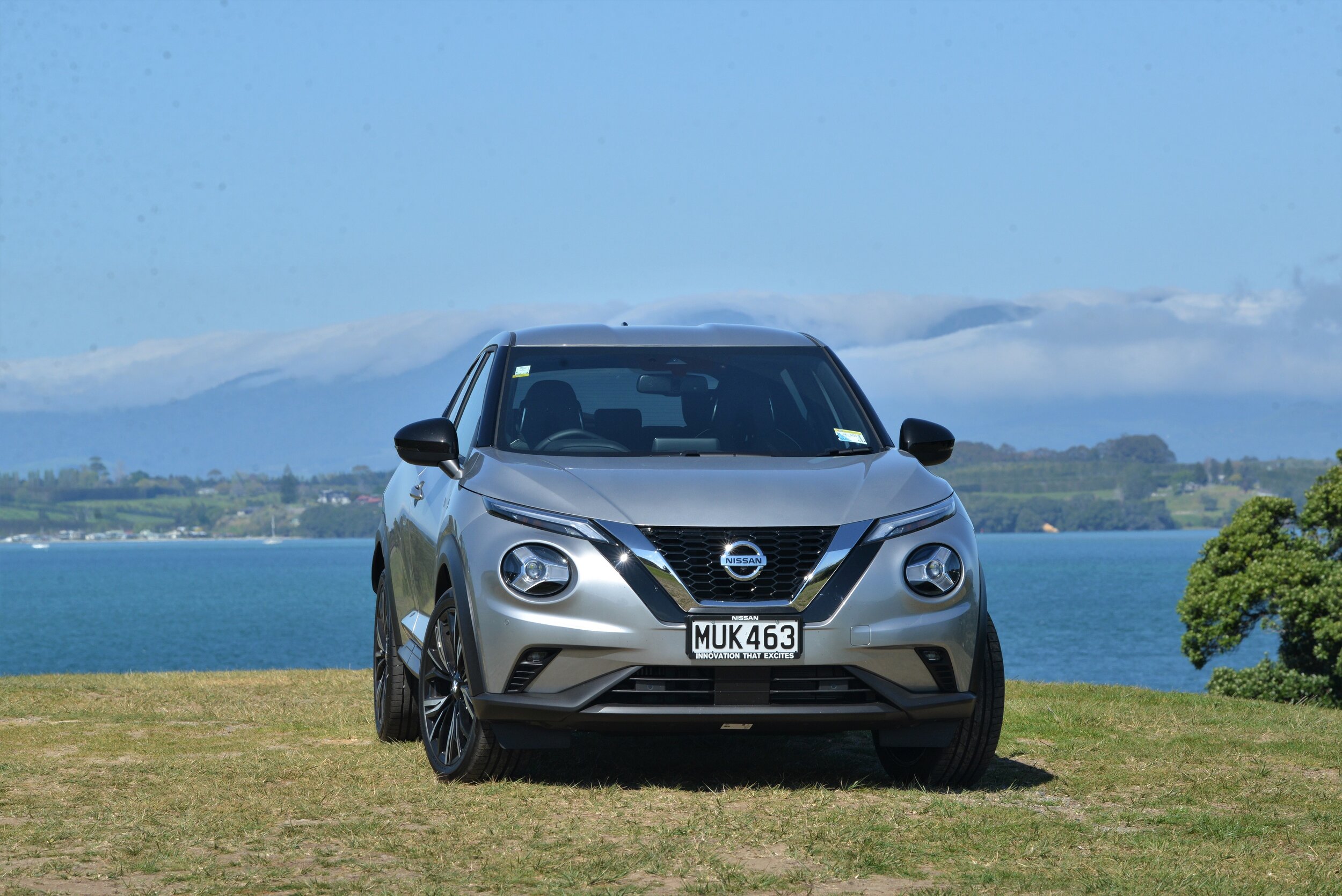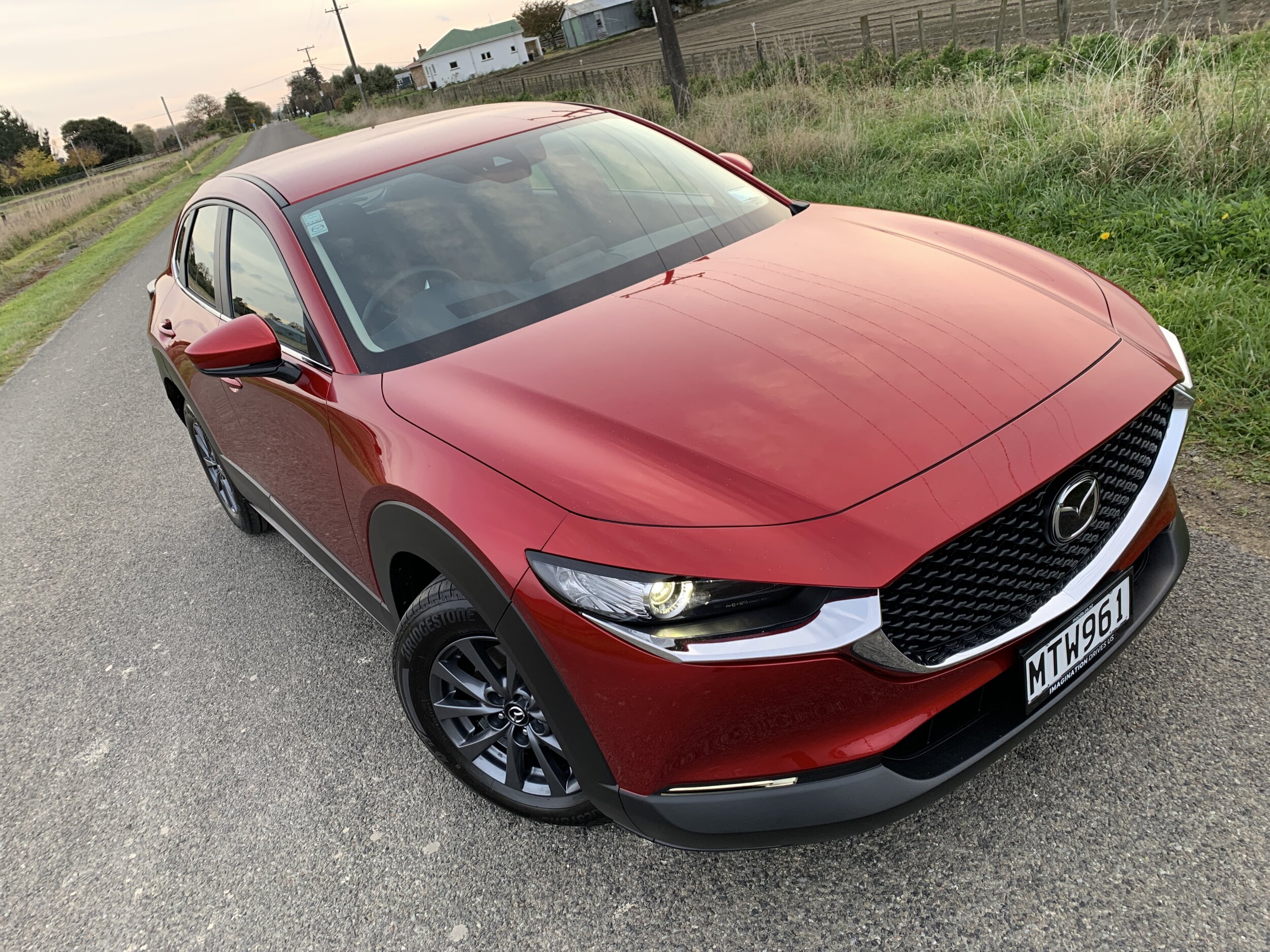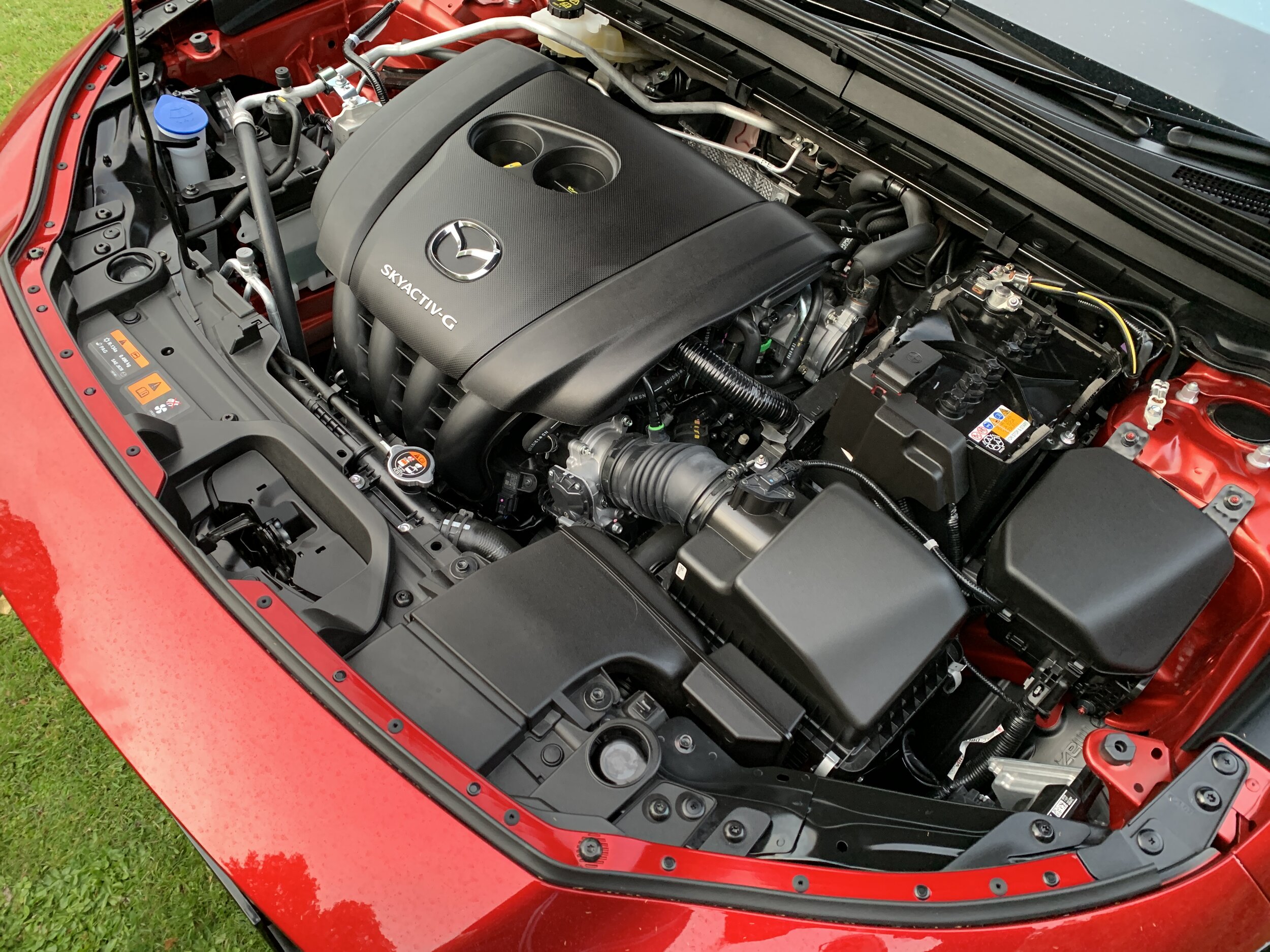Nissan Juke Ti: Working those quirks
/The second-generation Juke has finally reached us, but is entering a far more crowded sector than its predecessor fronted up to on arrival all those years ago.
Price: $44,990
Powertrain and performance: 1.0-litre three-cylinder DOHC 12-valve turbocharged petrol engine. 84kW/5250rpm, 180Nm/2400rpm. Front-wheel-drive. Combined cycle fuel consumption 5.8L/100km (claim), 6.5L/100km (road test).
Vital statistics: Length 4210mm, height 1595mm, width 1800mm, wheelbase 2636mm. Luggage 422 litres. Wheels: 19-inch alloys with 225/45 R19 Hankook Ventus S1 Evo3 tyres.
We like: Supportive front seats, stylish interior, high-grade specification and generous load space.
We don’t like: Low-speed dual clutch hesitations, becomes quite pricey in the Ti grade.
NOT many years ago a 1.0-litre car riding on 19-inch diameter wheels was unheard of.
With the trend toward engine down-sizing and compact SUVs taking hold of the market that combination becomes a reality with the new Nissan Juke.
The original Juke was a pioneer of the compact SUV segment a decade ago and the recently launched second-gen has increased dimensions to enable a more useful family configuration with enlarged boot space.
And it introduces Nissan’s ‘down-size’ 1.0-litre turbocharged engine and seven-speed dual clutch transmission.
There are three models – all with 1.0-litre turbo power and front-wheel-drive - with the ST providing a $32,490 entry point.
Priced at $44,990 the Juke Ti delivers the flagship specification. The Ti gains multi-spoke Akari-style 19-inch alloys, rear privacy glass, snug-fitting sports seats with combination leather and Alcantara trim, a shark fin antenna, tyre pressure monitoring and an eight-speaker Bose audio system which includes speakers integrated with the front headrests.
The mid-grade Juke ST-L with its $38,750 price point looks like the strongest value equation with content including 19-inch alloys, satellite navigation, an Around View camera with 360-degree and left-side view options, single-zone auto climate control, rain sensor wipers, LED fog lamps, two-stage heated front seats, auto fold and heated door mirrors plus Intelligent Key access with push button start.
In design the new Juke evolves the unique look of the original with the ultra-slim indicators and daytime running lights mounted high and large round headlights integrated into the bumper.
But it’s more conventional in its lines and proportions, particularly at the rear, while retaining the floating roof, high waistline and slim glasshouse themes of the original.
The dimension increases have boosted space and practicality. The new Juke sits on a wheelbase that is extended by 106mm while the overall length increases by 75mm.
It’s also 35mm wider and 30mm taller. There’s a little more cabin width and decent headroom front and rear while load space is one of the new Juke’s main benefits with an increase of 68 litres to offer generous 422 litres capacity.
With its slightly raised seating position, large door mirrors and slim A-pillar shape the Juke offers excellent visibility from the front seats. But the narrow glasshouse and large front seats do restrict the visibility from the rear.
The Ti cabin will be a talking point with its smart combination of leather and alcantara surfaces including soft-touch alcantara dash and door trim, front armrest and knee pad surfaces.
There’s a flat bottom steering wheel with paddle shifters and an 8.0-inch dashtop touchscreen display with Apple Car Play and Android Auto connectivity.
The 999cc direct-injected and turbocharged triple develops 84kW at 5250rpm with peak torque of 180Nm at 2400rpm. It’s a free-revving triple with a lively engine note when it worked harder.
Close ratio seven-speed gearing allows the engine to settle at 2100rpm in top gear at 100km/h with paddle-prompted downshifts to 2500rpm in sixth gear and 3100rpm in fifth.
During parking manoeuvres, and when making a momentary stop at a roundabout or give way sign, there can be delayed response from the dual clutch transmission. But once up to speed the shifts are quick with minimal interruption to the power flow as the little engine delivers its overtaking response.
On ST-L and Ti models Eco, Standard and Sport drives modes adjust the throttle response and gear shift protocols. Nissan claims combined cycle fuel consumption of 5.8L/100km and road testing revealed a 5.6L/100km average on a relaxed highway run and 6.5L/100km as an overall efficiency number.
The small turbo engine requires 95-octane premium fuel.
It’s efficient and responsive but in the same size, price and sporty compact crossover category the Juke Ti is out-performed by the new Peugeot 2008 GT with a slightly bigger 1199cc triple that develops 114kW and 240Nm.
On the road the Juke holds true to its wide tyre and wide track appearance by putting a confident footprint on the road. It steers accurately and rides firmly with plenty of grip from the 225/45 R19 Hankook tyres.
Encounter some corrugated surfaces and the large wheels and tyres will produce some abrupt bump-thump responses, mainly from the twist beam rear suspension. And the wide tyres generate some intrusive coarse surface road noise at highway speeds.
Along with increased dimensions and down-sized displacement the other significant change for the new Juke is its enhanced safety and driver assist roster.
All models have LED headlights with High Beam Assist plus LED tail lights and daytime running lights.
ST-L and Ti models also boast intelligent lane intervention, adaptive cruise control and the Around View camera system but all three grades have intelligent braking assist with pedestrian and cyclist detection, traffic sign recognition, lane departure warning, blind spot warning and rear cross traffic alert, driver alert and forward collision warning.
With almost a decade of hindsight it’s interesting how far ahead the original Juke foresaw the growth of the small SUV segment. And while it’s been a long time coming, the gen-two Juke gives Nissan a stylish and competitive alternative to the more recent arrivals.
